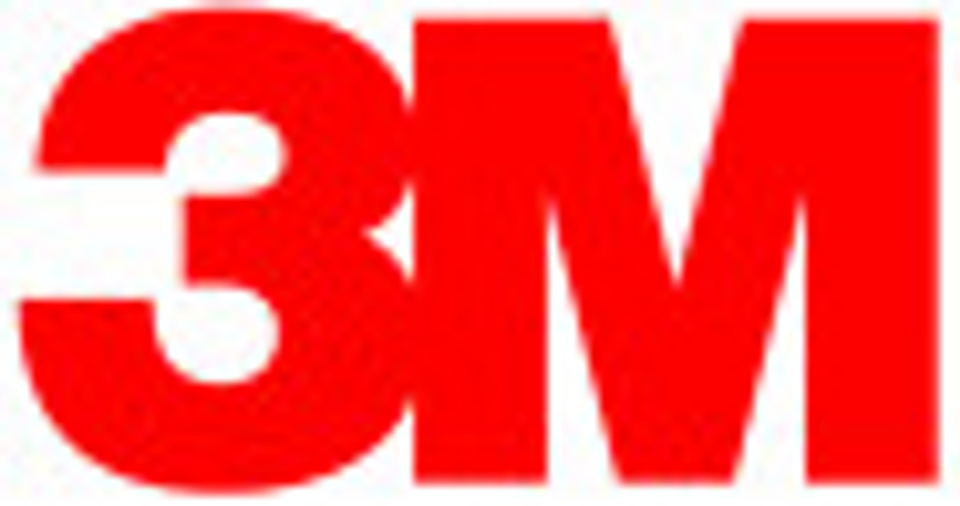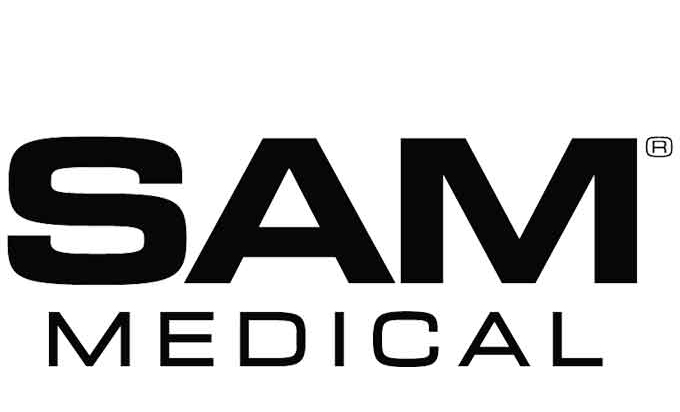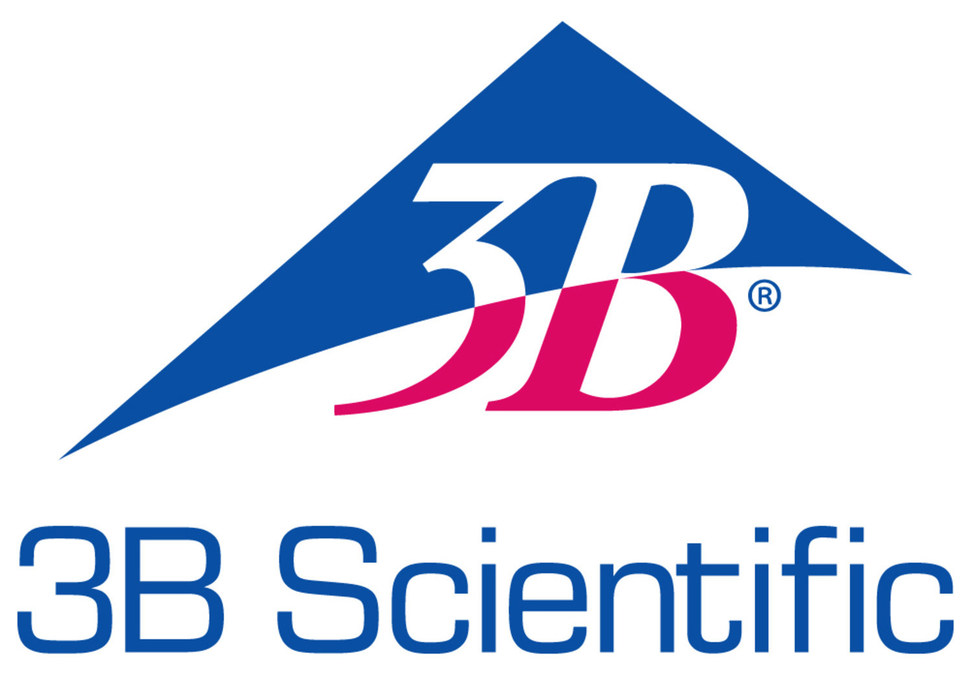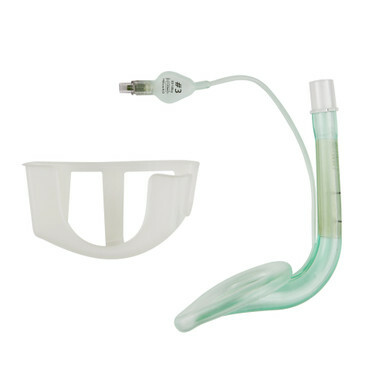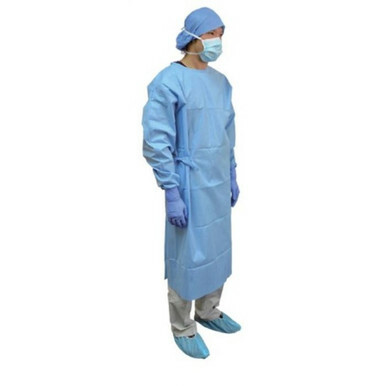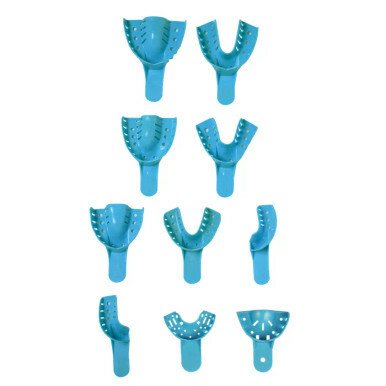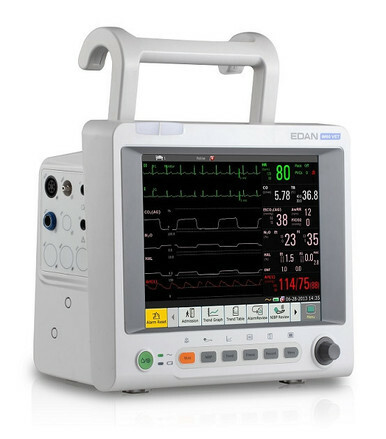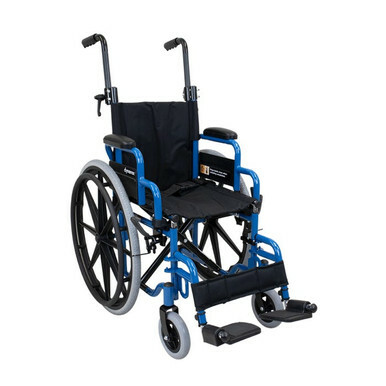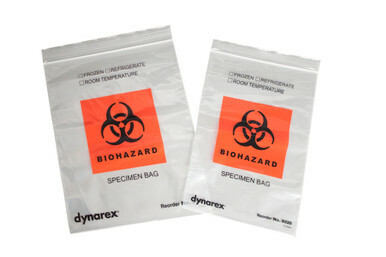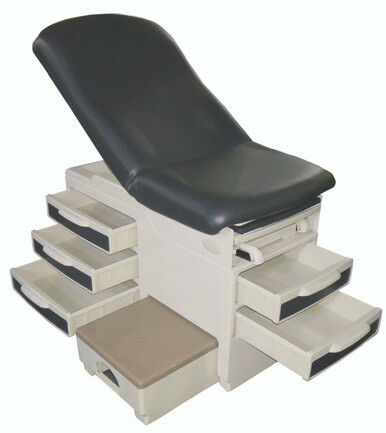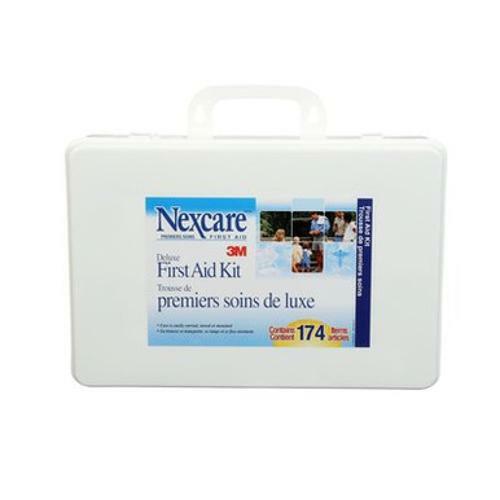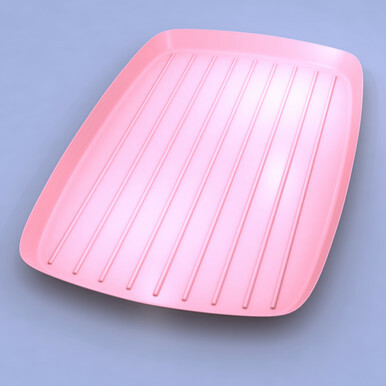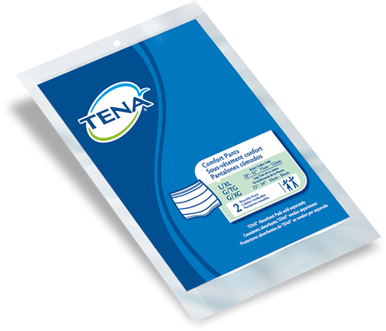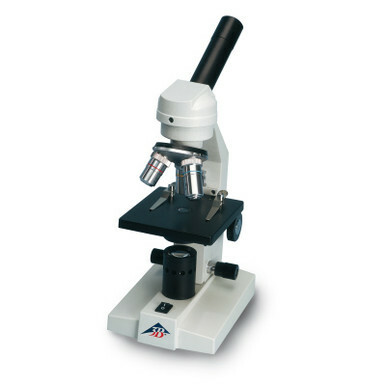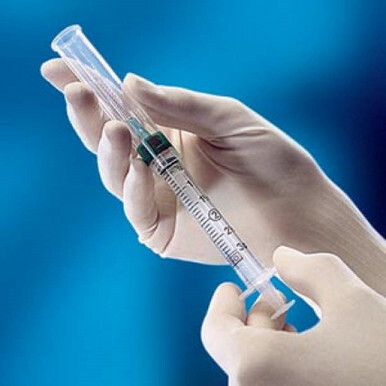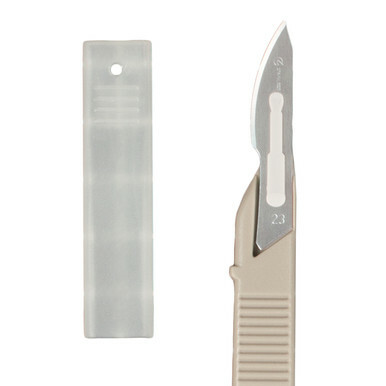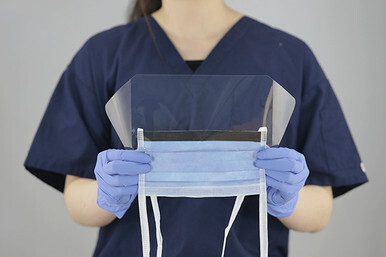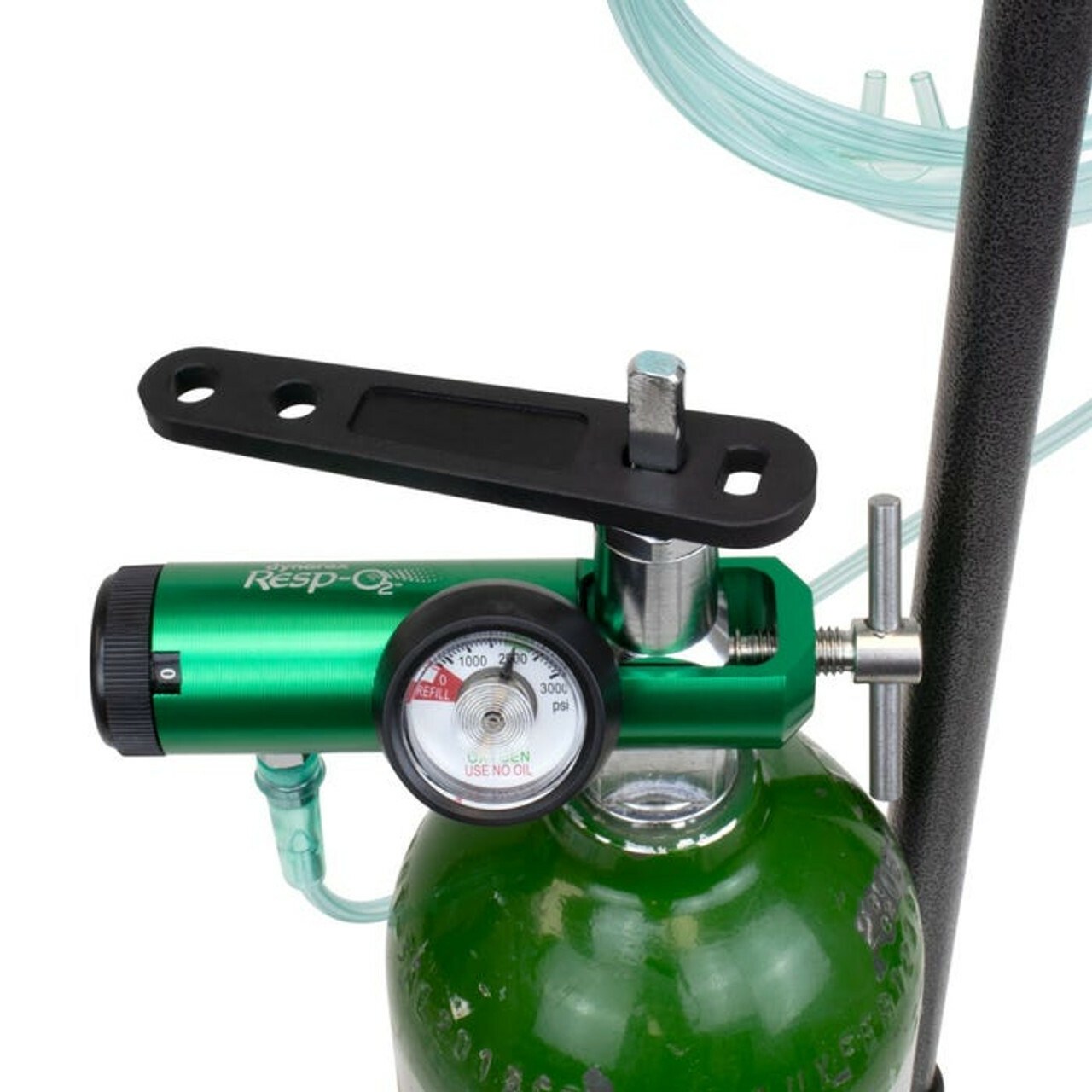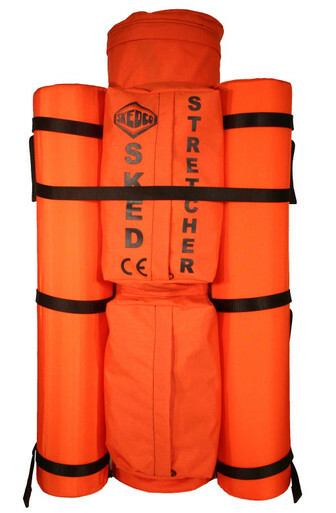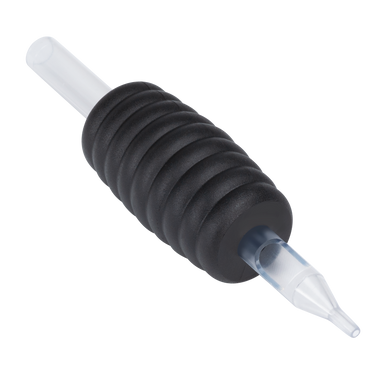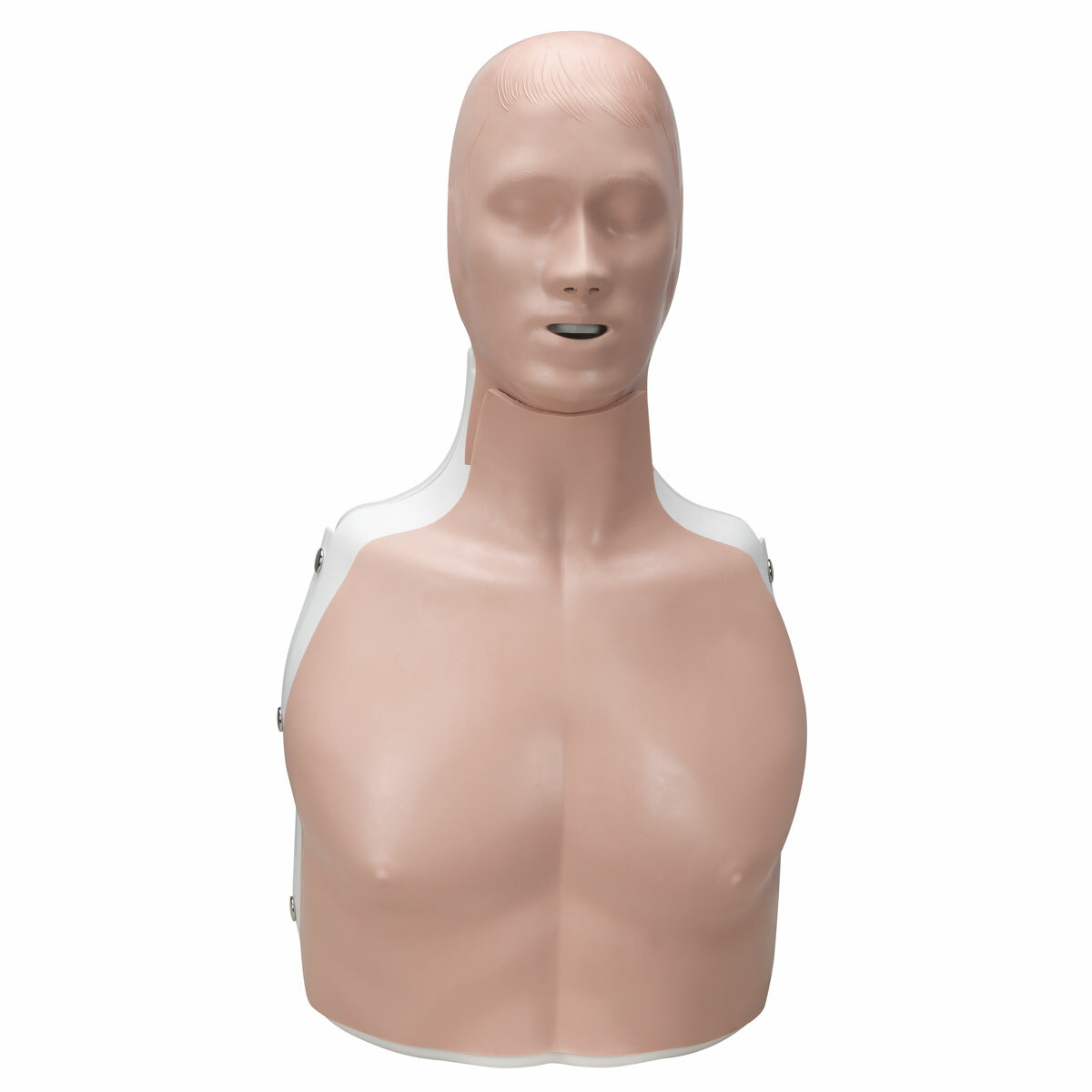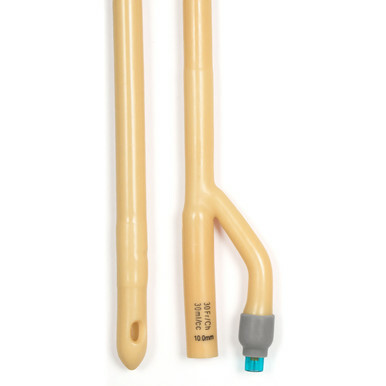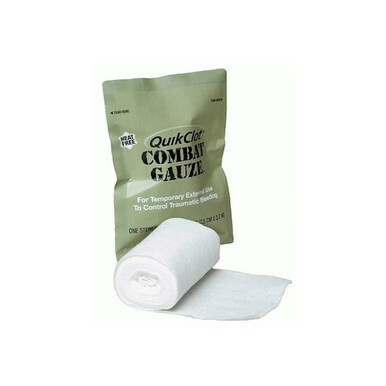Product details
1(d) Arcella, shelled ameba 2(e) Vorticella, a stalked ciliate 3(e) Colpidium, a common holotrich ciliate 4(d) Spongilla, fresh water sponge, t.s. showing channels 5(c) Planaria, fresh water flat worm, t.s. of body 6(d) Tubifex, a fresh water oligochaete 7(e) Plumatella, moss animal, section of colony 8(c) Cyclops, nauplius larva w.m. 9(d) Culex pipiens, common mosquito, larva w.m. 10(d) Sphaerotilus natans, bacteria from putrid water forming chains 11(c) Nostoc, blue green alga with heterocysts 12(c) Anabaena, filamentous blue green alga 13(c) Gloeocapsa, small colonies within sheaths 14(c) Rivularia, blue green alga with basal heterocysts 15(c) Beggiatoa, a colourless alga showing lack of chlorophyll 16(c) Zygnema, filamentous alga with stellate chloroplasts 17(d) Cosmarium, desmid showing the typical isthmus 18(c) Chlamydomonas, biflagellate alga 19(c) Haematococcus, unicellular red algae 20(d) Hydrodictyon, water-net 21(c) Chlorella, unicellular green alga 22(d) Dynobrion, a golden alga forming colonies 23(d) Mixed plankton, strewn slide No. I 24(d) Mixed plankton, strewn slide No. II 25(d) Mixed plankton, strewn slide No. III.
| Weight | 0.25 kg |
| Brand | LIEDER |
The Microscopic Life in the Water, Part II – Slides set offers an advanced exploration of aquatic microorganisms, showcasing the rich diversity of life found in freshwater and marine environments. This collection includes expertly prepared slides featuring various protozoa, algae, rotifers, and other microscopic aquatic species, allowing students to study cellular structures, locomotion, and ecological interactions.
Designed for teaching microbiology, environmental science, and aquatic biology, this set helps learners observe how microscopic organisms contribute to aquatic ecosystems and nutrient cycles. Each slide is professionally prepared for excellent clarity and long-term durability, making it ideal for repeated use in classrooms, universities, and research laboratories.

